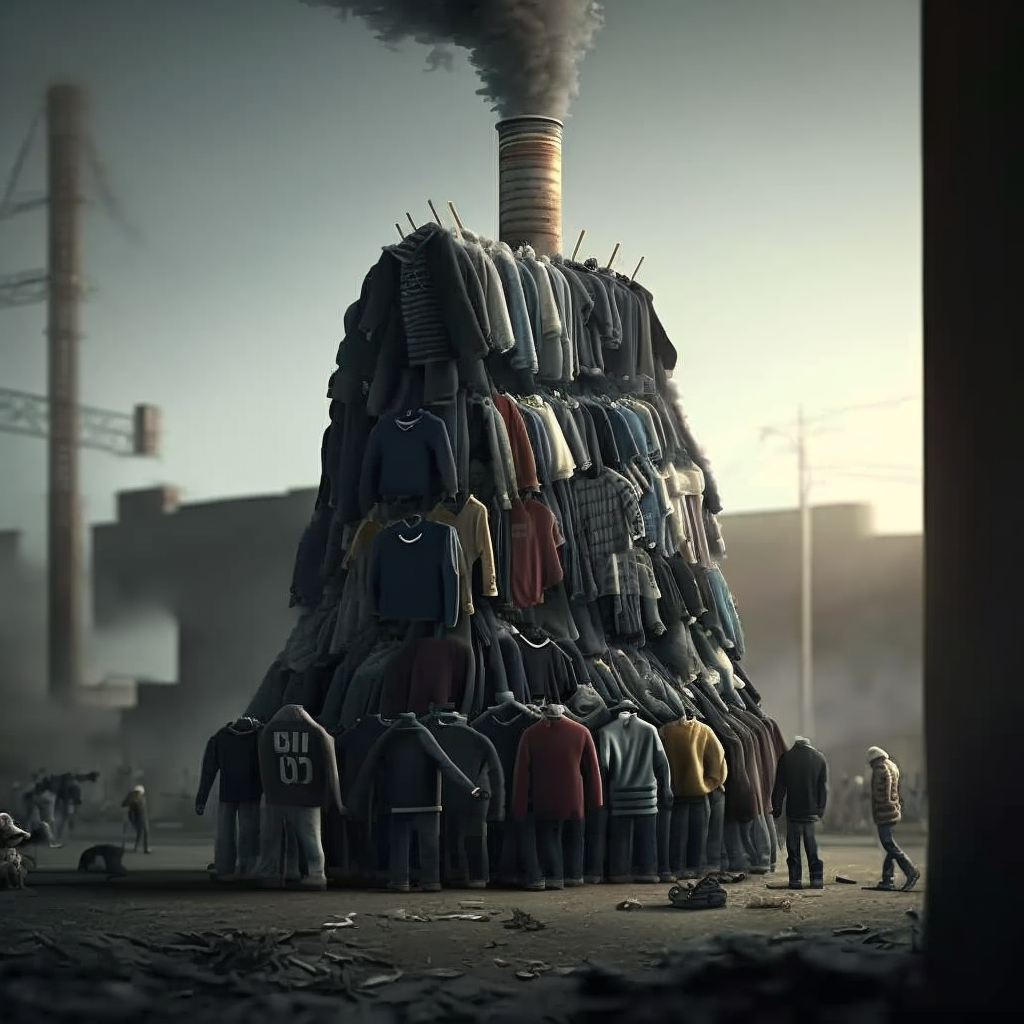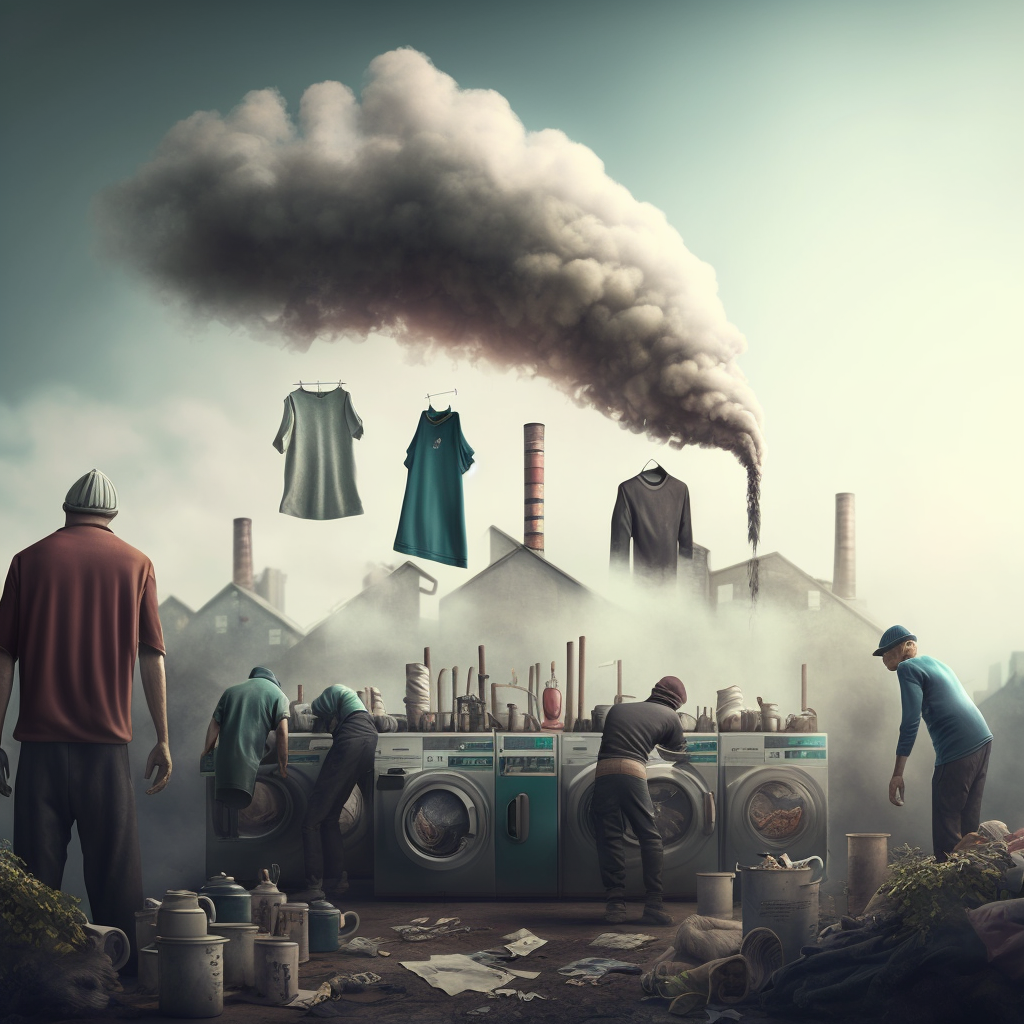The History of Upcycling
Upcycling, also known as creative reuse, is the practice of transforming waste materials into new products of higher value or quality. While it has become a popular trend in recent years, upcycling has a long history that dates back centuries. In this blog post, we will explore the history of upcycling and how it has evolved over time.
The practice of upcycling has been around for centuries, with examples dating back to ancient times. In the Middle Ages, people would take old clothing and repurpose it into new garments, often adding embellishments or embroidery to give them a fresh look. During World War II, when resources were scarce, people would upcycle materials such as rubber, metal, and paper to make items like gas masks, clothing, and even furniture.
At ECOLOGIC, we believe that upcycling is an essential practice that can help reduce waste and promote a circular economy, where materials are kept in use for as long as possible.
In the 1960s and 1970s, the upcycling movement gained momentum, with the emergence of the “hippie” culture and the environmental movement. People started to become more aware of the impact of waste on the environment, and began to see the value in repurposing materials rather than discarding them. The DIY (do-it-yourself) movement also contributed to the popularity of upcycling, as people started to experiment with repurposing materials to create unique and personalized items.
In the 1990s and early 2000s, upcycling started to become more mainstream, with fashion designers incorporating repurposed materials into their collections. Upcycling also gained traction in the furniture industry, with designers using discarded materials to create one-of-a-kind pieces. In recent years, upcycling has become a popular trend, with people all over the world embracing the practice as a way to reduce waste and create unique and sustainable products.
Today, upcycling has evolved to include a wide range of materials and products, from clothing and accessories to furniture and home decor. It has become a way for individuals and businesses to reduce their environmental impact and contribute to a more sustainable future. With the increasing awareness of the importance of sustainability, it is likely that upcycling will continue to grow in popularity and become an even more integral part of our lives.
Upcycling diverts textiles from landfills, reducing the amount of waste that ends up in the environment. According to the Environmental Protection Agency, textiles account for 5% of landfill space in the US, and up to 95% of the textiles that are discarded each year could be recycled or upcycled.
At ECOLOGIC, we are committed to promoting sustainable and ethical practices in the fashion industry. By upcycling clothing and other textiles, we can make a positive impact on the environment while supporting local communities and encouraging creativity. Join us in our mission to create a more sustainable and equitable world.
Explore more
Upcycling for Kids: Fun and Easy DIY Projects to Do at Home
Upcycling for Kids: Fun and Easy DIY Projects to Do at HomeUpcycling is a great way to reduce waste and protect the environment, and it can also be a fun and educational activity for kids. By upcycling old clothes and other materials into new and unique items, kids...
From Trash to Treasure: How to Upcycle Clothes into Home Decor
From Trash to Treasure: How to Upcycle Clothes into Home Decor Upcycling has become a popular trend in recent years, with many people seeking to reduce waste and protect the environment. While upcycling clothes is a great way to reduce waste, it can also be a...
How Upcycling Can Benefit Your Mental Health
How Upcycling Can Benefit Your Mental Health Upcycling, the practice of transforming waste materials into new products of higher value, has become a popular trend in recent years. However, upcycling is not just good for the environment - it can also have...


